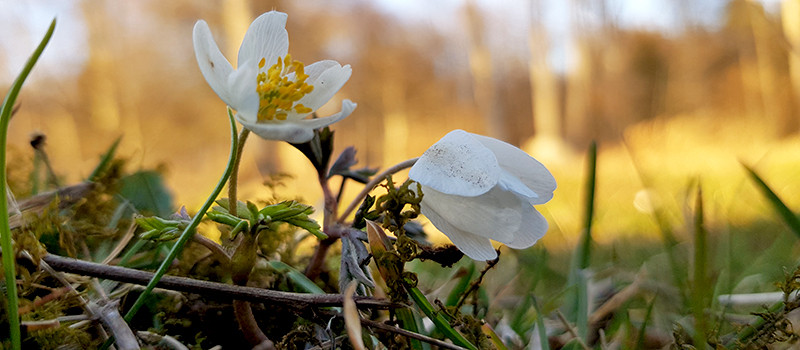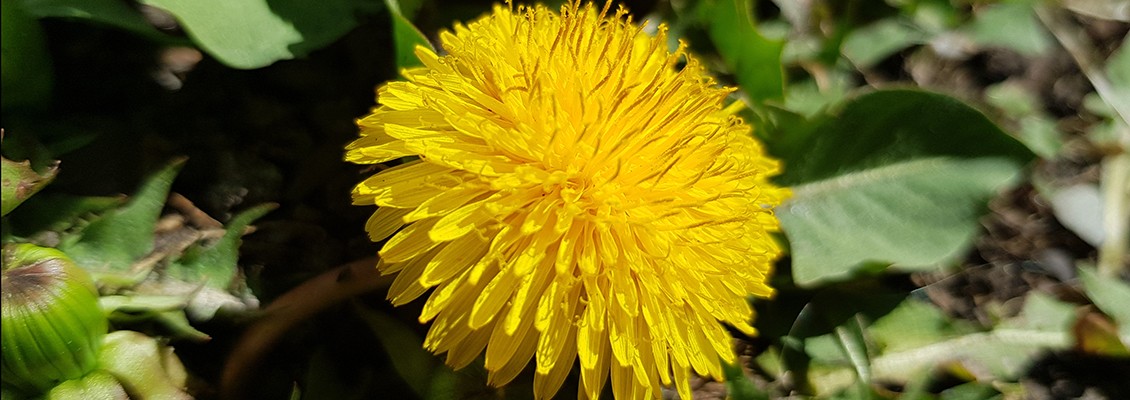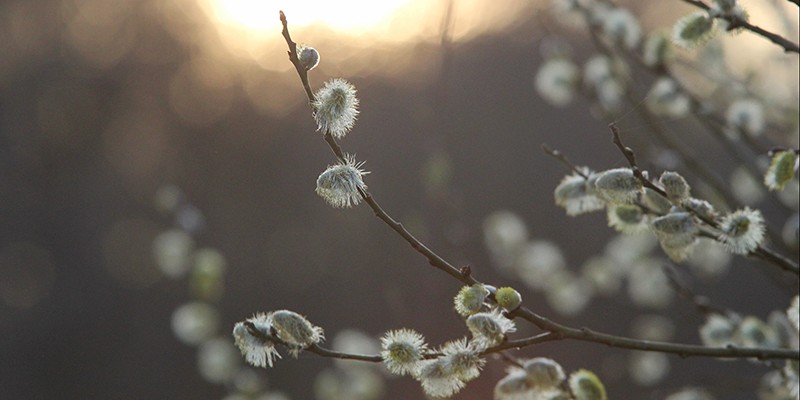How people dissociate is probably as different as anything else. What I describe in the poem below is my experience of one way I dissociate. These days – I can stay around and experience the experience of dissociating – kind of a contradiction in terms (since dissociating for me fills the function of not having to be around). But I stay – and experience it. When I started doing that – it was absolutely terrifying. So, I fled it – into my mind and other versions of me. But I have practiced. A lot, and now I can stay in it. It still makes me feel inadequate. I cannot control it. Only be in it – work with it – anchor myself to the best of my ability. Most people would not pick up on any of what goes on for me.
It feels like failing. Like I let fear govern and control me. When technically I know I am safe. What really helps me out of it – is being with someone I feel very safe with, and whom I can anchor “in”. But I have learned that is not okay. That I need to be able to anchor myself – so I keep on practicing.
I used to be very ashamed of my dissociation. Of how I leave my mind and enter this pure state of sensing – and how when I try to come back – I sometimes can not find where I left off, and don’t know what we were talking about or doing. I have learned to stay in my blank space – not panic – and orientate myself. Leave people waiting. Even letting them see my distraction. Hear the stammers. Hear the pauses when I search for words. Returning to mind is not easy. But it is how we “human” right? We exchange things through our minds. We talk with each other. Reaching to each other’s senses seems not to be okay.





